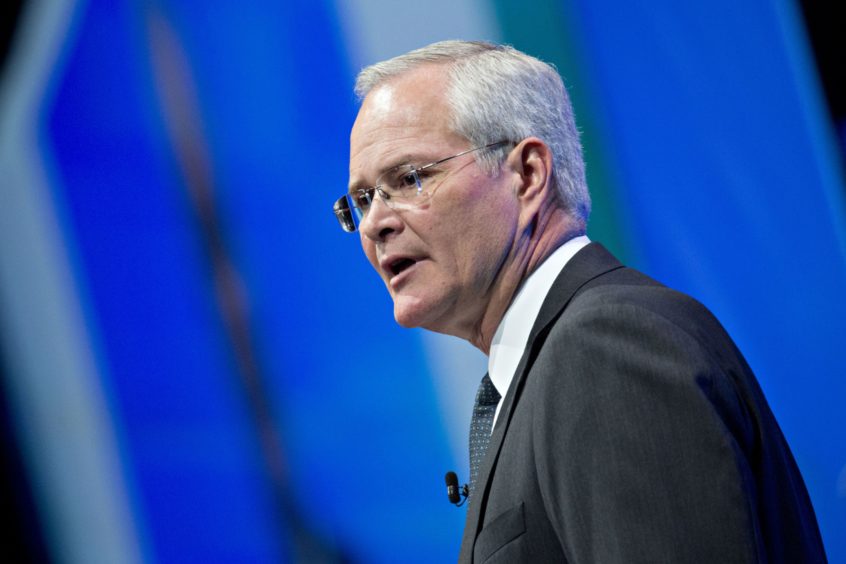
Exxon Mobil Corp. announced new emissions targets and plans to publish data on pollution stemming from its products just days after activist investors criticized the oil giant’s environmental record.
The Irving, Texas-based company said Monday it will reduce the intensity of upstream emissions by as much as 20% by 2025 as well as cutting flaring and methane leaks. It added that the plan is consistent with the goals of the Paris Agreement.
Like Chevron Corp., Exxon’s climate goals are linked to reducing emissions intensity, meaning less pollution per barrel of oil produced, as opposed to absolute emissions. That leaves the company wiggle room to increase overall pollution in the future if crude output grows.
“This was a company that was way behind the industry in terms of how they were thinking about a low-carbon world,” Aeisha Mastagni, a fund manager at California State Teachers’ Retirement System, the second-largest U.S. public pension fund, said in an interview. “The fact that they’re just now getting on board to announce some of those reduction plans tells us a lot about their long-term strategy.”
Exxon’s targets appear weaker than many of those made by European oil companies that have set reduction goals linked not only to internal operations but to customers’ use of products like gasoline — so-called Scope 3 emissions.
All major European oil companies have set net-zero goals. BP Plc, Repsol SA and Eni SpA aim to deliver absolute reductions in the short term, whereas Royal Dutch Shell Plc, Total SE and Equinor ASA have set emissions intensity goals. Exxon’s goals are “specific, actionable plans that we can hold our organization accountable” for, Pete Trelenberg, Exxon’s director of greenhouse gas and climate change, said during a call with reporters. The targets will be updated over time, he said.
Activist investors Engine No. 1 and D.E. Shaw & Co. went public last week with criticisms of Exxon for not acting quickly enough on emissions as well as for years of poor shareholder returns. Engine No. 1, which counts CalSTRS among its supporters, called for “more significant investment in net-zero emissions energy sources,” in its letter to Exxon’s board.
CalSTRS would like to see the new climate targets form part of a wider, long-term strategy to better navigate the energy transition, Mastagni said. The fund wants Exxon to appoint four new independent directors who it believes would help create value within a transformation of the energy industry.
Exxon said Monday its emissions pledge was made as part of its annual business planning process and was a “result of of several months of detailed analysis and includes input from shareholders.” The new targets include:
- Upstream emissions intensity to drop 15% to 20% by 2025 compared with 2016 levels
- Methane intensity to decline by 40% to 50%
- Flaring intensity to fall by 35% to 45%
- Routine flaring will be eliminated by 2030
- Exxon also plans to provide annual Scope 3 emissions data
Exxon chose to target emissions intensity rather than absolute emissions because “we want to try and achieve first-quartile performance” relative to peers, Trelenberg said.
“To achieve the intensity targets we do need absolute emissions reductions as well, and those will be particularly focused in the methane and the flaring areas,” he said.
Recommended for you
